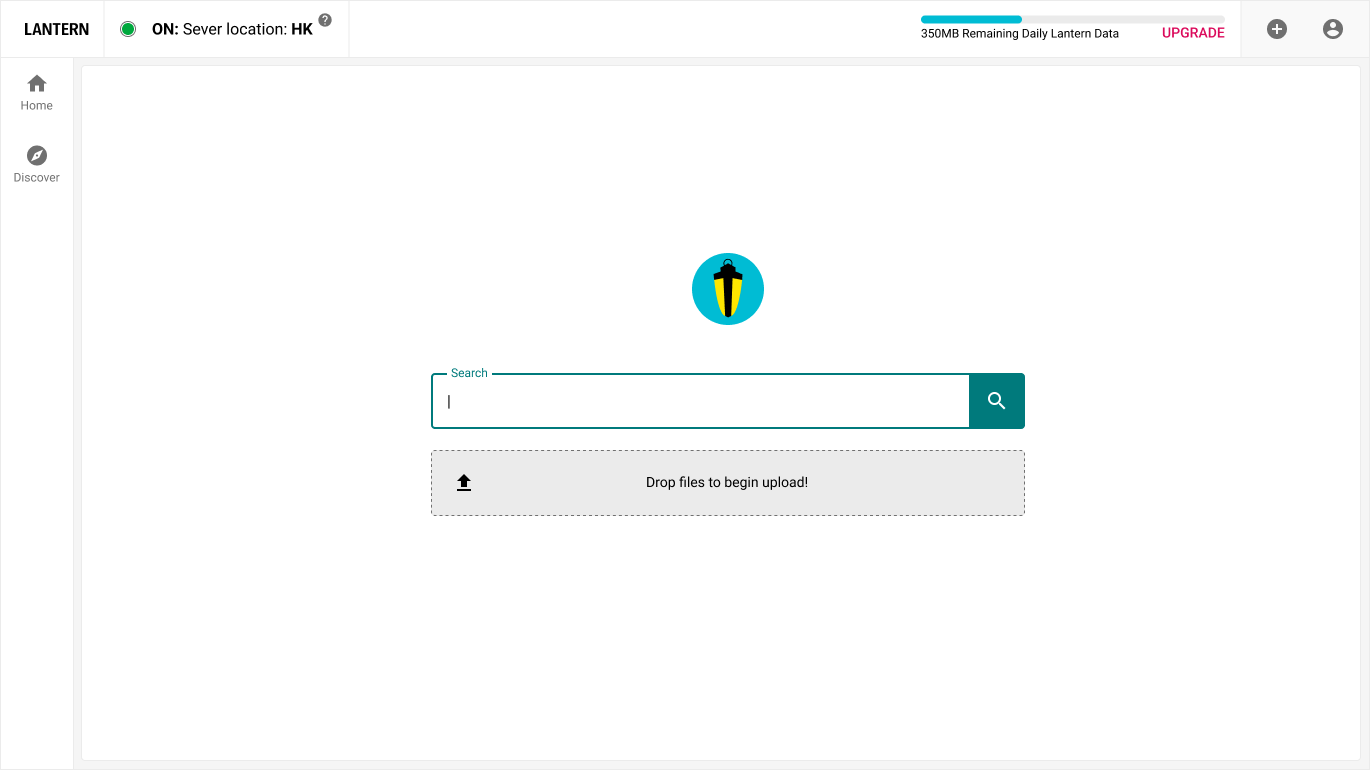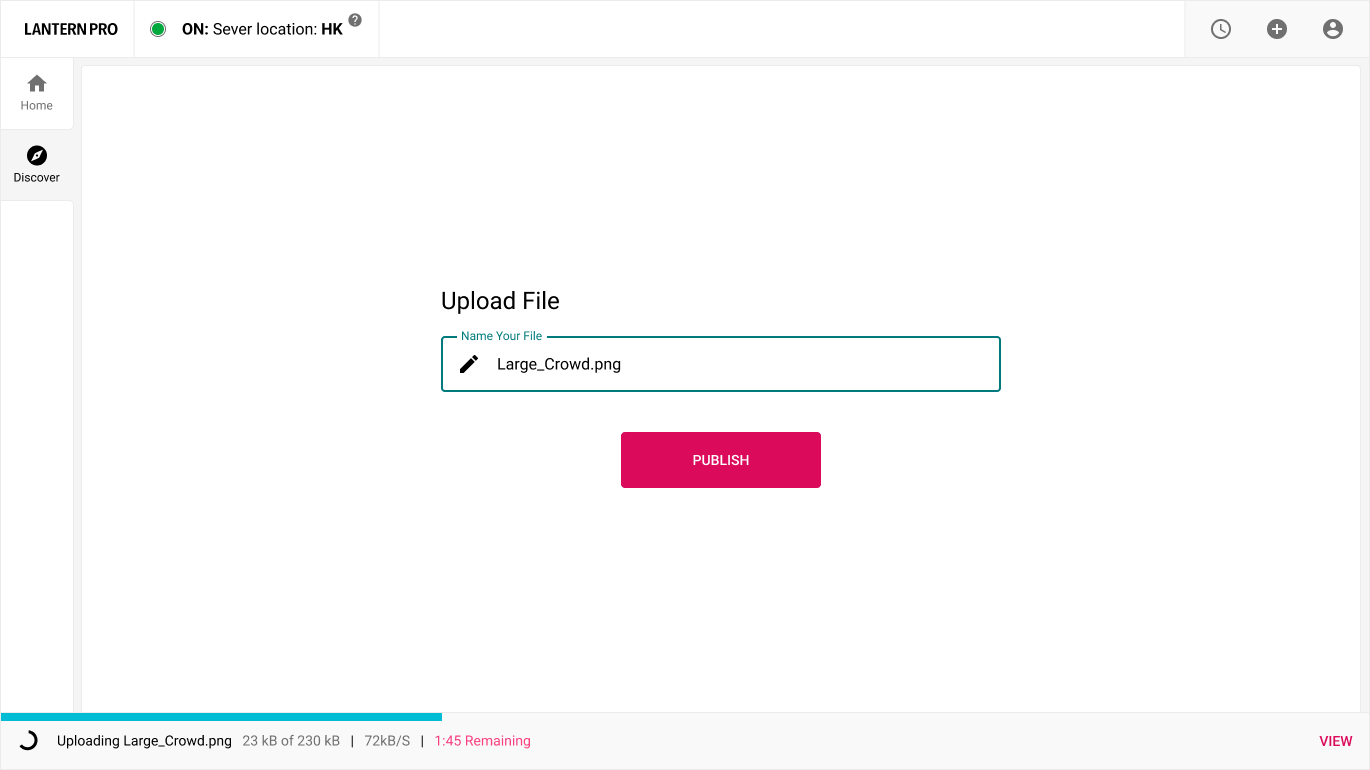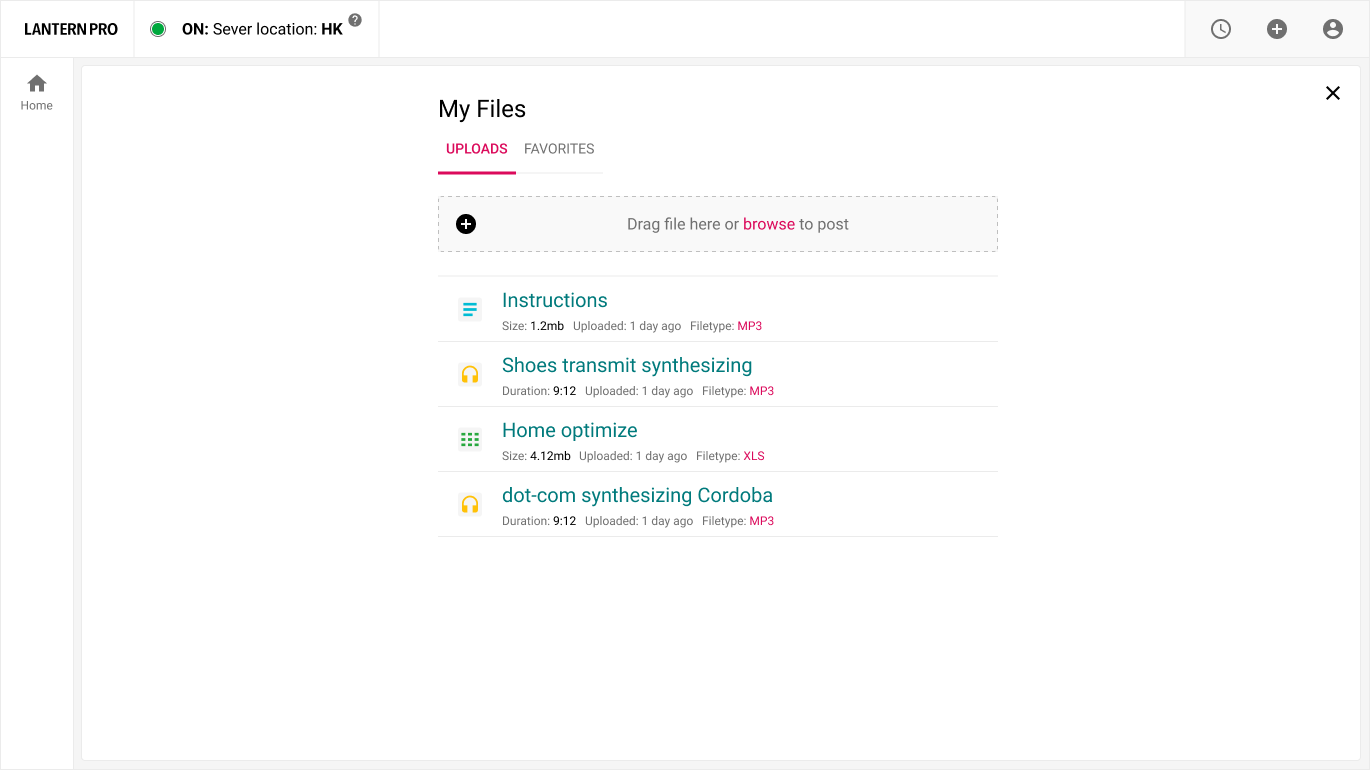Discover
Designing a decentralised tool to keep the Internet open
DESIGNING FOR PRODUCT MARKET FIT
Aug 2021 - Feb 2023

-
Championed cross-functional collaboration
Built low-fi prototypes for team alignment and early buy-ins with leadership
-
Conducted surveys
Led focus group interviews
-
Clarify success metrics
Drive product strategy
Role
Tools
Research: Survey Monkey, remote video sessions
Analytics: Google Analytics, custom analytics
Design: Figma
Project Management: Github Issues
Collaborators:
~3 Leadership team
1 x Product lead
~6 Engineers
5 x Misc
Platforms:
Android
Desktop
iOS
Short summary
CONTEXT
Discover is part of a censorship circumvention platform that helps people access the open internet. It is available in countries with heavy censorship.
Discover is a unique feature that helps people access news content without censorship concerns. It is a decentralized content-sharing platform that is mainly used to share regionally important news by local media organizations in censored geographies.
I spearheaded the project in varying capacities as a designer through different phases and helped drive product strategy from 0 → 1 and accelerate growth by figuring out product market fit.
GOAL
Validate if the Discover feature has any utilitarian value by tracking the rate at which content is searched versus the view and download rate.
We released Discover with the central question: “Can a decentralized content-sharing tool facilitate free speech in censored regions?”
The project was developed in stages.
The initial release saw insignificant user engagement. This led us to tweak the feature to adapt to evolving market needs. This involved extensive research to understand user needs, security concerns and product opportunity gaps that other products did not provide.
This led us to design Discover such that it addresses a need that is unique to geographies with high censorship, i.e., a lack of access to unbiased news that is regionally important and a safe platform to distribute them without concern of censorship.
Developing this feature was mired with all kinds of challenges from - limited funds, to the departure of key people in leadership to next to zero usage. But our research showed a need and we strived to tweak it until we started seeing significant improvement in usage.
OUTCOME
Our year-long endeavour resulted led to an increase in our average daily user engagement to 23%* with an average engagement time of 5:30 min.
__
*The platform’s user base at the time was in double-digit million figures.
The long version
VERSION 1 /
Process, Features & Outcome
1/3 PROCESS
We released Discover with the central question: “Can a decentralized content-sharing tool facilitate free speech in censored regions?” and used a hypothesis-driven design process:
Idea → Hypothesis → Experimental design → Experimentation → Pivot or persevere → Persevere
2/3 FEATURES
This version included features like upload, download, view, search and add favourites.
In terms of technology, it runs on the system's default browser and uses BitTorrent as the communication protocol for peer-to-peer file sharing (P2P), which enables users to distribute content over the Internet in a decentralized manner. During cross-border censorship, Discover can continue working as long as it has domestic traffic. It’s also what makes it unique.
3/3 OUTCOME
The initial release didn’t see any usage and digging through the user analytics gave us a peek into some of the issues:
An abysmally low number of uploads
We lacked relevant content. Most of the media uploaded were test images by users to understand the feature. This created a spammy repository and thus, exasperated users who tried to search for content.
Low awareness
We noticed that 95% of users didn’t click on the Search bar in the Discover screen.
High bounce rate
The entry point to Discover was a Search bar that looked like Google a search bar and fetched both Google results along with content uploaded to the Discover network. This caused confusion as users assumed that the Search bar will give them access to blocked sites, similar to a browser experience. This was really bad for the product as the users never returned after this.
Security concerns
Users who understood the feature preferred to not use it due to security concerns.
Limited platform availability
Discover was initially not available across all platforms.
(Below) Screenshots from the first release
Default search screen (top left), Upload view (top right), Video search results (bottom left) and My Favourites (bottom right)




VERSION 2 /
Updating UX Goals, Challenges & Outcome
1/4 UPDATING DESIGN GOALS
We narrowed our goals into two small actionable items:
(a) Improve usability: fixing the UI issues to reduce the bounce rate and increase platform availability.
(b) Research user needs and design solutions to help them: by using surveys and community outreach to understand the needs, concerns and behaviour.
2/4 CHALLENGES
1. No Engagement
Discover didn’t see any uptick in user engagement in the first few months of release.
Additionally, it was hamppered by limited engineering resources so development was slow.
2. Safeguarding user privacy during research
Designing for an invalidated product in geographies with security concerns made user research particularly hard. So we had to rely solely on metrics, customer feedback and surveys.
3. No Marketing Funnel
We were operating in geographies where we were purposely discreet. So had no marketing channels to grow users.
(a) Improve Usability
YouTube UI Patterns: We used Youtube as a reference for UI patterns since most of our users were acquainted with it.
We also improved the viewing experience since users rarely used the upload and download features.
We added descriptions and tags to improve the search results.
YouTube UI Patterns: Most users who use our platform are also YouTube users. So we used its UI patterns familiarity.
Before/After Screenshots: Below are some of the screen samples from the audio and video file views based on the new UI changes.
(Image above) Irrelevant content
3/4 PROCESS
To understand user needs in-depth, we conducted large-scale surveys in combination with analytics
Tool: We used SurveyMonkey to ask detailed questions like - usage, bandwidth issues, type of content searched for, upload and download preference etc.
Process: I manually custom coded 30000+ responses by translating them from various languages.
4/4 OUTCOME
~13% jump in daily users:
We noticed a steady number of users who were using Discover on a daily basis. It was still a minuscule number compared to the DAU for the VPN feature.
30% of our user base used the built-in VPN feature to access censored regional news media from other censored sites.
Lack of content creators
Discover’s initial premise was geared towards empowering citizen journalists in countries with heavy censorship. While it was a novel idea, it was untested and we learnt that users rarely uploaded relevant content due to bandwidth, network and security issues.
Our uploads hovered around ~400 unique users a month.
In many regions where censorship became rampant, network fluctuations became common and affected platform usage.
Alongside, most users didn’t understand the legalities of storing and distributing content that is politically sensitive as the laws are often vague and evolving.
Irrelevant content [see image]:
A lot of the media that got added turned out to be irrelevant/spam and we didn’t yet know how to solve this without us moderating or curating content.
(Below) Screenshots from the second release
Document view screen for desktop and Android (left); Sample Document and Video screen on Android (right)
VERSION 3 /
Pivoting towards a publisher-centric model
Notes from the Unreleased Version - Pivoting, Testing and Outcome
Pivoting design towards a publisher-centric model
DOZHD SHUTDOWN
Staff at Russian news channel walks off set at end of broadcast
Note: In our Version 2 outcome, we noticed that 24% of our users wanted to access censored regional news and we struggled with the lack of relevant content/content creators.
So we pivoted towards a publisher-centric model to create relevant content and improve our DAU.
It also helped that during the course of this period, the political climate changed across various parts of the world and as a result, local media houses started closing operations or started looking for new platforms to reach their audience.
Competitive advantage
Products like Lantern are technically unique but operate in a saturated market. A feature like Discover was aimed at differentiating it and increasing our premium membership and revenue.
Testing the water: Collaborating with local media houses
We collaborated with multiple publishing/media houses through our grassroots network.
Discover lacked key features to do mass upload, distribute, comment etc so our team worked in the backend to upload content. Most of these were in video format.
This dramatically improved how Discover was perceived among our users and our DAU increased along with the average engagement time.
Outcome:
Summary from our interview with publishers.
They liked:
That a feature like Discover cannot be taken down.
It allowed freedom of the press.
Areas of improvement:
They wanted features comparable to Youtube that would allow them to distribute content and engage with the audience effectively.
They wanted to access a few meaningful metrics to understand content engagement.
Summary from our survey with users.
They liked:
They had an easy and reliable news outlet.
Areas of improvement:
They wanted to search for content based on publishers.
They wanted an effective mechanism to sort between spam and content added by verified publishers.






















